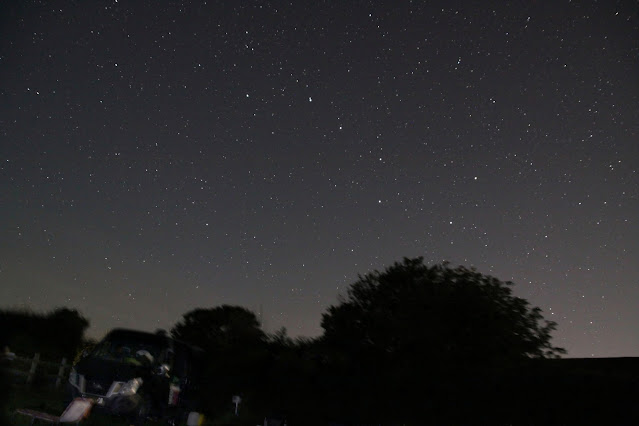This patch of nebulosity lies in the western part of the constellation of Cepheus at a distance of about 2,500 light years.
I took this image under clear sky conditions with no moonlight, stars were visible down to about magnitude 4.6 .
I was using my ten inch f/4.8 reflector, a Vixen Atlux mount, PHD auto guiding, a set of Astronomik narrowband filters and an Atik 383L mono CCD camera.
I captured five minute sub-frames with matching dark frames and combined them with flat field frames to reduce the effect of noise and vignetting in the final image.
The exposure time was 120 minutes using a H-alpha filter, 40 minutes using an O111 filter, 40 minutes using a S11 filter, 25 minutes using a H Beta filter and 20 minutes using a blue filter .
A total exposure time of four hours and five minutes .
Hubble palette
RGB
































































